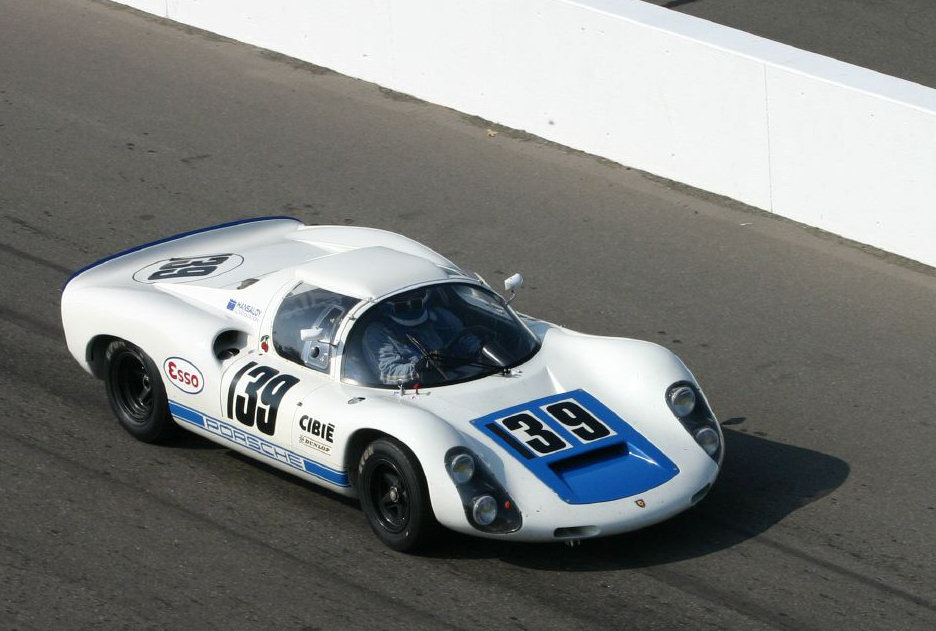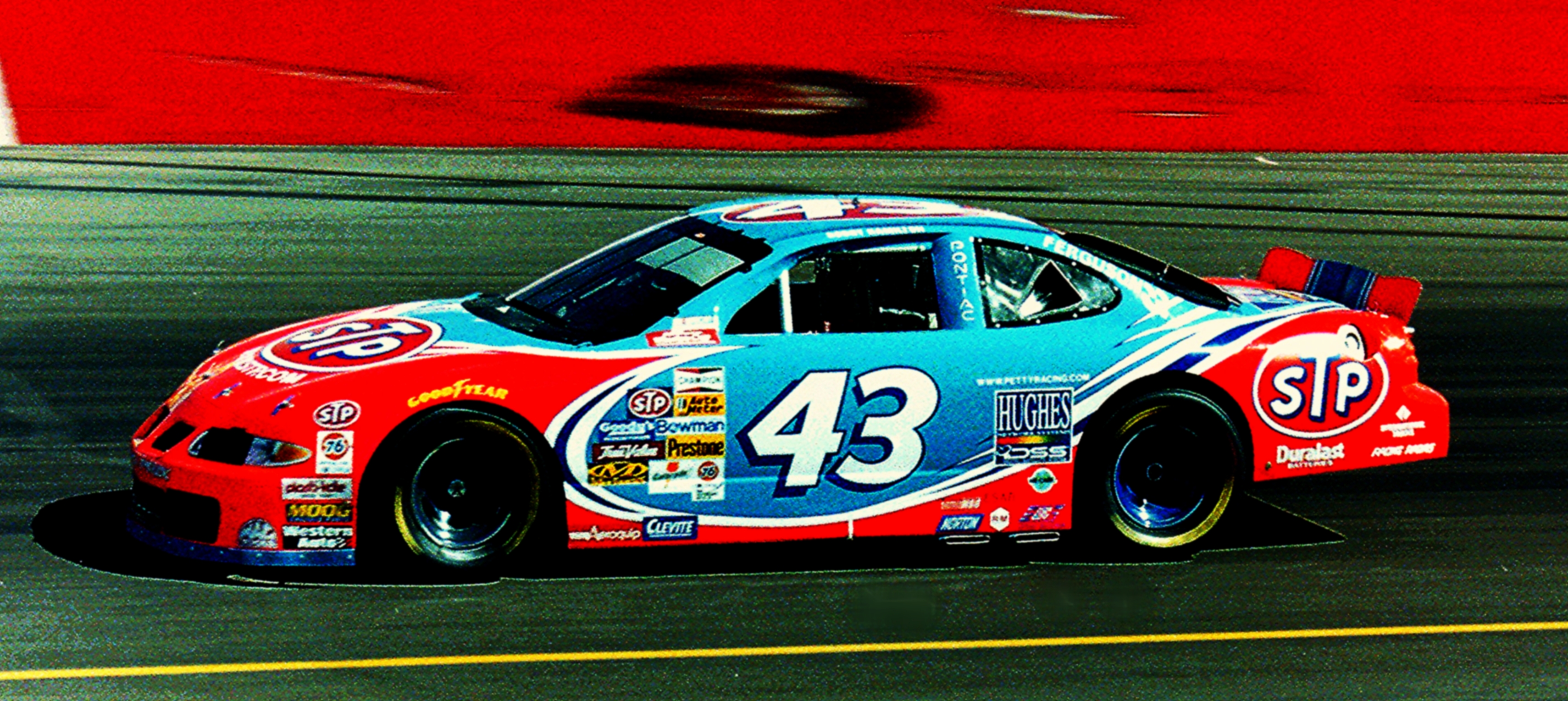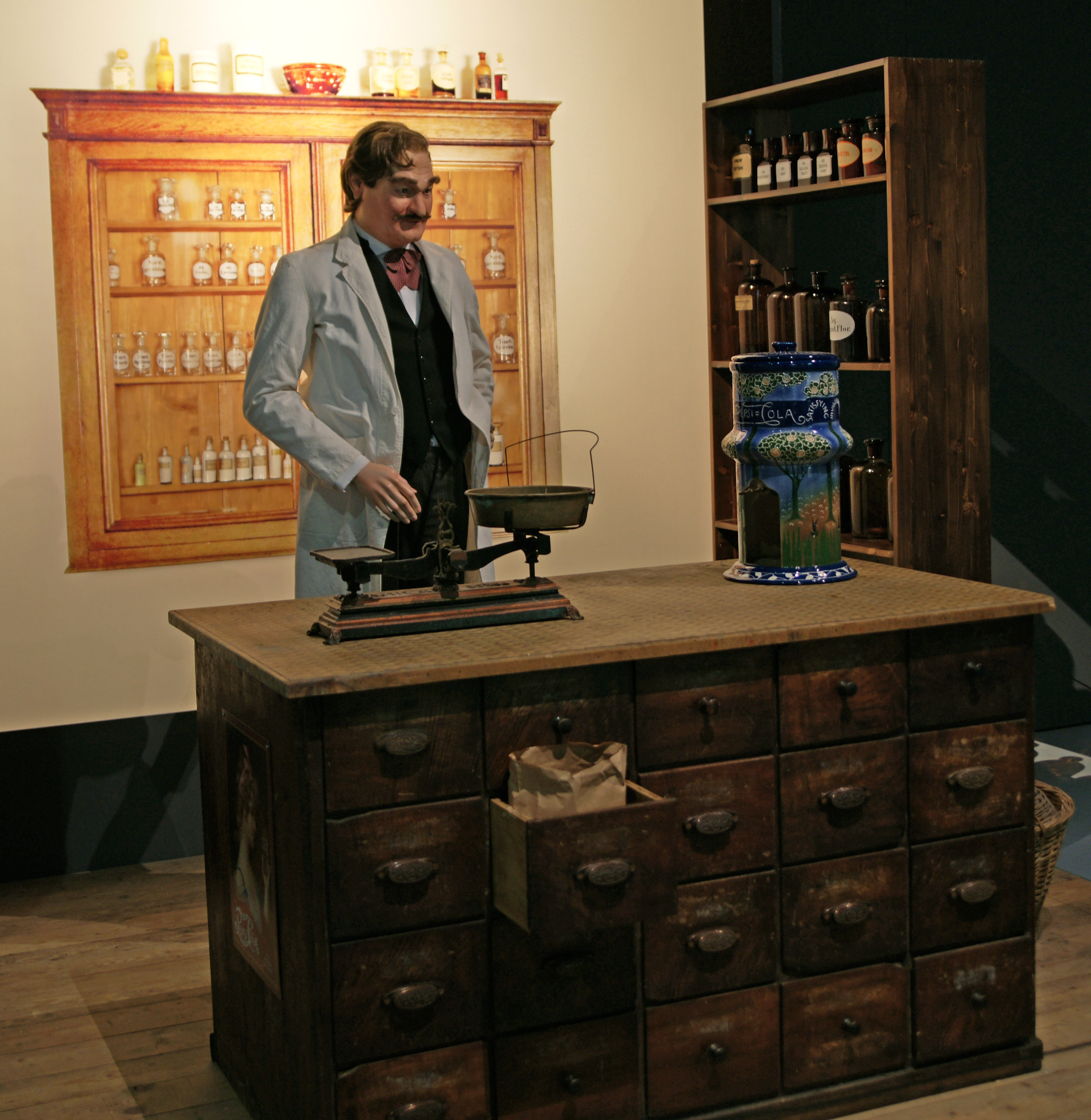|
Tetsu Ikuzawa
is a Japanese former racing driver, team executive, and businessman from Tokyo, Tokyo, Japan. He is one of the most successful and prolific Japanese drivers from the early years of the nation's automobile racing history. Ikuzawa was the first Japanese driver to regularly compete in a number of notable European championships, namely the British Formula 3 International Series, British Formula Three Championship and European Formula Two Championship. He was also one of the first Japanese drivers to compete in the 24 Hours of Le Mans endurance race, making his first start in 1973 24 Hours of Le Mans, 1973 for SARD, Sigma Automotive alongside his countryman, Hiroshi Fushida. In domestic competition, Ikuzawa won the 1964 and 1967 Japanese Grand Prix sports car races, and the 1977 Fuji Grand Champion Series. Racing career Early career in Japan 1957-1962 Ikuzawa's father, Rou, was a painter and illustrator. When he was just 15 years old, he entered the 1st All-Japan Motorcycle Cl ... [...More Info...] [...Related Items...] OR: [Wikipedia] [Google] [Baidu] |
Tokyo
Tokyo (; ja, 東京, , ), officially the Tokyo Metropolis ( ja, 東京都, label=none, ), is the capital and largest city of Japan. Formerly known as Edo, its metropolitan area () is the most populous in the world, with an estimated 37.468 million residents ; the city proper has a population of 13.99 million people. Located at the head of Tokyo Bay, the prefecture forms part of the Kantō region on the central coast of Honshu, Japan's largest island. Tokyo serves as Japan's economic center and is the seat of both the Japanese government and the Emperor of Japan. Originally a fishing village named Edo, the city became politically prominent in 1603, when it became the seat of the Tokugawa shogunate. By the mid-18th century, Edo was one of the most populous cities in the world with a population of over one million people. Following the Meiji Restoration of 1868, the imperial capital in Kyoto was moved to Edo, which was renamed "Tokyo" (). Tokyo was devastate ... [...More Info...] [...Related Items...] OR: [Wikipedia] [Google] [Baidu] |
Prince Motor Company
The Prince Motor Company (Japanese: ) was an automobile marque from Japan which eventually merged into Nissan in 1966. It began as the Tachikawa Aircraft Company, a manufacturer of various airplanes for the Japanese Army in World War II, e.g., the Ki-36, Ki-55 and Ki-74. Tachikawa Aircraft Company was dissolved after the war and the company took the name Fuji Precision Industries. It diversified into automobiles, producing an electric car, the Tama, in 1946, named for the region the company originated in, Tama, using the Ohta series PC/PD platform. The company changed its name to Prince in 1952 to honor Akihito's formal investiture as Crown Prince of the nation. In 1954 they changed their name back to Fuji Precision Industries, and in 1961 changed the name back again to Prince Motor Company. In 1966, they became part of Nissan, while the Prince organization remained in existence inside Nissan, as '' Nissan Prince Store'' in Japan until Nissan consolidated the Prince deale ... [...More Info...] [...Related Items...] OR: [Wikipedia] [Google] [Baidu] |
Nissan R381
The Nissan R381 was a racing car developed by Nissan Motors in 1968 for use in the Japanese Grand Prix. It was the successor to the Nissan R380-II, which had been originally developed by the Prince Motor Company Development Following the defeat of the Nissan R380-II at the 1967 running of the Japanese Grand Prix, Nissan set about developing an improved car for the 1968 event. Aware of the new CanAm series in North America that ran under the new Group 7 classification, the new R381 became a much more powerful and faster car in comparison to the previous model. Knowing that the original Prince GR8 Straight-6 would not be powerful enough, Nissan planned to use a new Prince-built V12. However the engines was not completed in time (partially due to this being the first time Nissan or Prince had constructed a V12), so the company turned to a Chevrolet 5.5L V8 which produced nearly 450 hp, twice the amount of the Prince GR8. Also borrowing from CanAm, most notably Chaparral ... [...More Info...] [...Related Items...] OR: [Wikipedia] [Google] [Baidu] |
Group 7 (racing)
Group 7 was a set of regulations for automobile racing created by the Commission Sportive Internationale (CSI), a division of the modern Fédération Internationale de l'Automobile. There were two distinct sets of Group 7 regulations: * Group 7 two-seater racing cars (1966 to 1975) * Group 7 international formula racing cars (1976 to 1981) Group 7 two-seater racing cars (1966 to 1975) The FIA’s new Appendix J regulations for 1966 listed a category for "Group 9 two-seater racing cars" in its draft versions, but this was amended to "Group 7 two-seater racing cars" by the time of publication of the 1966 FIA Yearbook.''Part 6: Is it 1966 Already? Finally!'', atlasf1.autosport.com Retrieved on 29 October 2014 The new Group 7 regulations specified that cars must be fitted with fe ... [...More Info...] [...Related Items...] OR: [Wikipedia] [Google] [Baidu] |
Porsche 910
The Porsche 910 or Carrera 10 was a race car from Porsche, based on the Porsche 906. 29 were produced and were raced in 1966 and 1967. The factory name for the 910 was the 906/10. The 910 was considered the next sequence in the 906 line. History The main difference to the original 906 is the use of 13 inch wheels and tyres as in Formula One (F1), plus a single central nut instead of the five nuts as in a road car. This made the car unsuitable for street use, but it saved time in pitstops. Overall, the 910 was lighter and shorter than the 906. The Porsche 910 was entered in mid 1966, starting with the 1966 European Hill Climb Championship from Sierre to Crans-Montana in Switzerland. Engines used were 1991cc 6-cylinder (901/20, Weber 46IDA3C) with , 1991cc 6-cylinder (901/21, MFI Slide Throttle) with , 2195cc 6-cylinder (907, MFI) with , or the 1981cc 8-cylinder (771, MFI) with up to . The 8 cylinder version was referred to as 910/8. The Porsche 910 is 4113 mm long, 16 ... [...More Info...] [...Related Items...] OR: [Wikipedia] [Google] [Baidu] |
Kunimitsu Takahashi
was a Japanese professional motorcycle road racer, racing driver, and team manager. Nicknamed "Kuni-san", he is known as the "father of drifting". His racing career lasted from 1958 to 1999. He competed on motorcycles between 1958 and 1963, during which he became the first Japanese rider to win a World Grand Prix, taking four world-level wins in total. Injuries sustained in a crash in 1962 led to him switching to four-wheels in 1965, after which he won the 24 Hours of Le Mans in class, become a four-time All-Japan Sports Prototype Champion, and won in Japanese Top Formula, JTC, and JGTC. His final victory as a driver in 1999 came at the age of 59. His racing team, Team Kunimitsu, has won multiple championships in Super GT. He was the chairman of the GT Association, the organizers of the Super GT series, from 1993 to 2007. Motorcycle racing In 1961, Takahashi became the first Japanese rider to win a motorcycle Grand Prix riding a 250cc Honda to victory at Hockenheim. His ... [...More Info...] [...Related Items...] OR: [Wikipedia] [Google] [Baidu] |
Bridgestone
is a Japanese multinational tire manufacturer founded in 1931 by Shojiro Ishibashi (1889–1976) in the city of Kurume, Fukuoka, Japan. The name Bridgestone comes from a calque translation and transposition of , meaning 'stone bridge' in Japanese. As of 2021, Bridgestone/ Firestone is the largest manufacturer of tires in the world, followed by Michelin in France, Goodyear in the United States, MRF in India, Continental in Germany and Pirelli in Italy. Bridgestone Group has 181 production facilities in 24 countries as of July 2018. History Origins The history of Bridgestone America dates back to the two separate companies that merged to form Bridgestone Tire company. The first one is Firestone Tire & Rubber Company, that was founded in August 1900 by Harvey Firestone and was headquartered in Akron, Ohio. The second one is the ''Bridgestone Tire Company, Ltd.'', founded in 1931 by Shojiro Ishibashi in Japan. The first Bridgestone tire was produced on 9 April 1930, by the Jap ... [...More Info...] [...Related Items...] OR: [Wikipedia] [Google] [Baidu] |
STP (motor Oil Company)
STP is an American brand of automotive aftermarket products, especially lubricants such as motor oil and motor oil additives. The name began as an abbreviation of ''Scientifically Treated Petroleum''. The brand has been owned by Energizer Holdings since November 2018. History Chemical Compounds was founded in 1953 by three businessmen, Charles Dwight (Doc) Liggett, Jim Hill and Robert De Hart, with $3,000 in start-up capital in Saint Joseph, Missouri. Their sole product was STP Oil Treatment; the name was derived from “Scientifically Treated Petroleum”. In 1961, the company was acquired by the Studebaker-Packard Corporation. Studebaker briefly tied STP into its advertising as an abbreviation for “Studebaker Tested Products”. However, Studebaker-Packard CEO Sherwood Egbert felt that STP could one day outpace its parent company and recruited Andy Granatelli as the CEO of STP to help raise the product’s image. At the same time, Granatelli became the public face of ST ... [...More Info...] [...Related Items...] OR: [Wikipedia] [Google] [Baidu] |
Pepsi
Pepsi is a carbonated soft drink manufactured by PepsiCo. Originally created and developed in 1893 by Caleb Bradham and introduced as Brad's Drink, it was renamed as Pepsi-Cola in 1898, and then shortened to Pepsi in 1961. History Pepsi was first invented in 1893 as "Brad's Drink" by Caleb Bradham, who sold the drink at his drugstore in New Bern, North Carolina. It was renamed Pepsi-Cola in 1898, "Pepsi" because it was advertised to relieve dyspepsia (indigestion) and "Cola" referring to the cola flavor. Some have also suggested that "Pepsi" may have been a reference to the drink aiding digestion like the digestive enzyme pepsin, but pepsin itself was never used as an ingredient to Pepsi-Cola. The original recipe also included sugar and vanilla. Bradham sought to create a fountain drink that was appealing and would aid in digestion and boost energy. In 1903, Bradham moved the bottling of Pepsi from his drugstore to a rented warehouse. That year, Bradham sold 7,968 gallons ... [...More Info...] [...Related Items...] OR: [Wikipedia] [Google] [Baidu] |
Prince R380
The Prince R380 is a racing car built in 1965 by Prince Motor Company to compete in the Japanese Grand Prix. Following the merger of Prince Motor Company and Nissan Motors in 1966, the R380 was modified into the Nissan R380-II (also known as R380 Mk.II). Development In 1964, Prince had entered their new S54 Skyline GTs in the second Japanese Grand Prix, hoping to prove the performance potential of the car's new G-7 straight-6. Although the cars performed well, they were defeated by a privately entered Porsche 904, leaving the Skylines to take second through sixth positions. Realizing the superiority of the mid-engine design used on the Porsche 904, Prince decided that a custom-built sports car would be needed to win the Japanese Grand Prix. A new aerodynamic body was built on a Brabham BT8 chassis; alloy panels were fabricated with exposed buttresses over the rear engine cover and fitted to Brabham chassis number SC-9-64. For an engine, Prince would use the same G engine th ... [...More Info...] [...Related Items...] OR: [Wikipedia] [Google] [Baidu] |
Toyota Sports 800
The is Toyota's first production sports car. The prototype for the Sports 800, called the Publica Sports, debuted at the 1962 Tokyo Auto Show, featuring a space age sliding canopy and utilizing the powertrain of the Publica 700, a Japanese market economy car. The Toyota Sports 800 is affectionately called the "Yota-Hachi" (ヨタハチ), which is a Japanese short form for "Toyota 8". In Japan, the vehicle was exclusive to Toyota Japan retail sales channel called '' Toyota Publica Store'' alongside the Publica. History The car went into production in 1965, with chassis code UP15 and an increase in engine displacement from 700 cc to 800 cc, as well as dual carburetors, which increased power from . This engine was sufficient to power the light car around town at or on a race track up to about . Production started after the introduction of Honda's first car, called the Honda S500, and joined the market segment that was already represented by the Datsun Fairlady, and the Daihatsu ... [...More Info...] [...Related Items...] OR: [Wikipedia] [Google] [Baidu] |
Honda S600
The Honda S600 is an automobile manufactured by Honda. It was launched in March 1964. Available as a Roadster (automobile), roadster – bearing strong resemblance to the Honda S500 – and as a fastback coupé – introduced in March 1965 – the S600 was the first Honda available in two trim levels. During its production run up to 1966, the model styling would remain pretty much the same, with the most notable changes coming to the front Grille (car), grille, Bumper (automobile), bumper, and headlights. Specifications Powered by a DOHC, water-cooled, four-cylinder straight engine, inline engine with four Keihin Corporation, Keihin carburetors, the engine capacity was increased to 606 cc from the Honda S500, S500's 531 cc. The engine produced at 8,500 rpm and had a top speed of . With the convertible weighing in at mere , the extra sheet metal of the coupe only added to the overall weight. A four speed manual transmission drove the rear wheels via a Spiral beve ... [...More Info...] [...Related Items...] OR: [Wikipedia] [Google] [Baidu] |






